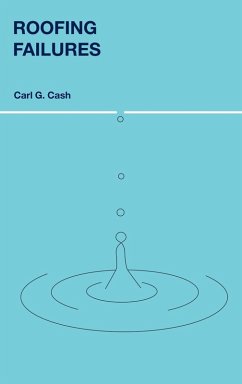
Deck (Building)
Versandkostenfrei!
Versandfertig in 6-10 Tagen
39,99 €
inkl. MwSt.

PAYBACK Punkte
20 °P sammeln!
In architecture, a deck is a flat surface capable of supporting weight, similar to a floor, but typically constructed outdoors, often elevated from the ground, and usually connected to a building. The term is a generalization of decks as found on ships. Wood or timber "decking" can be used in a number of ways - as part of garden landscaping, to extend living areas of houses, and as an alternative to stone based features such as patios. Decks are made from treated lumber, composite material, Aluminum, Western red cedar, teak, mahogany, ipê and other hardwoods and recycled planks made from high...
In architecture, a deck is a flat surface capable of supporting weight, similar to a floor, but typically constructed outdoors, often elevated from the ground, and usually connected to a building. The term is a generalization of decks as found on ships. Wood or timber "decking" can be used in a number of ways - as part of garden landscaping, to extend living areas of houses, and as an alternative to stone based features such as patios. Decks are made from treated lumber, composite material, Aluminum, Western red cedar, teak, mahogany, ipê and other hardwoods and recycled planks made from high-density polyethylene (HDPE), polystyrene (PS) and PET plastic as well as mixed plastics and wood fiber (often called "composite" lumber). Artificial decking products are often called "wood-plastic composites". Historically, the softwoods used for decking were logged from old growth forests. These include Atlantic white cedar, redwood and Western red cedar (redcedar). Atlantic City built the first coastal boardwalk in the United States, originally constructed of Atlantic white cedar.












